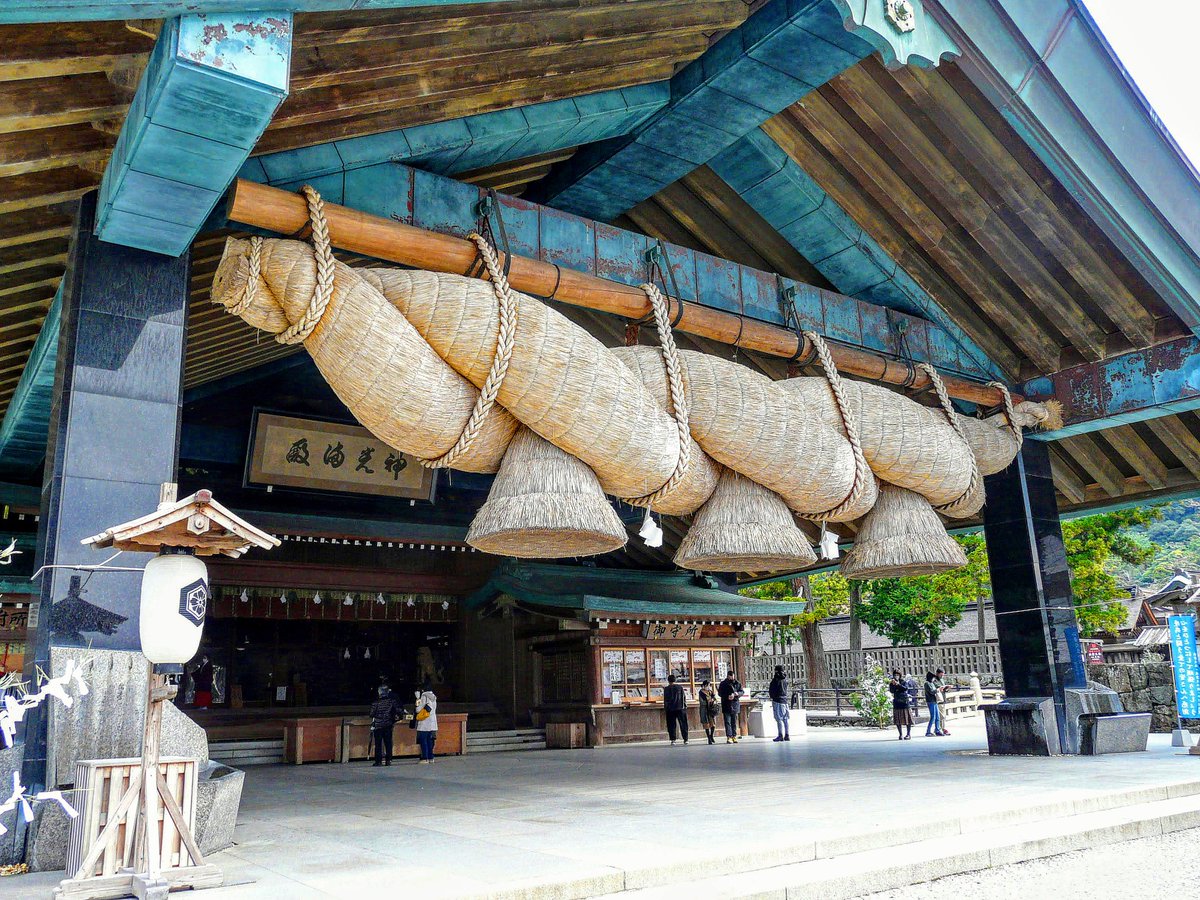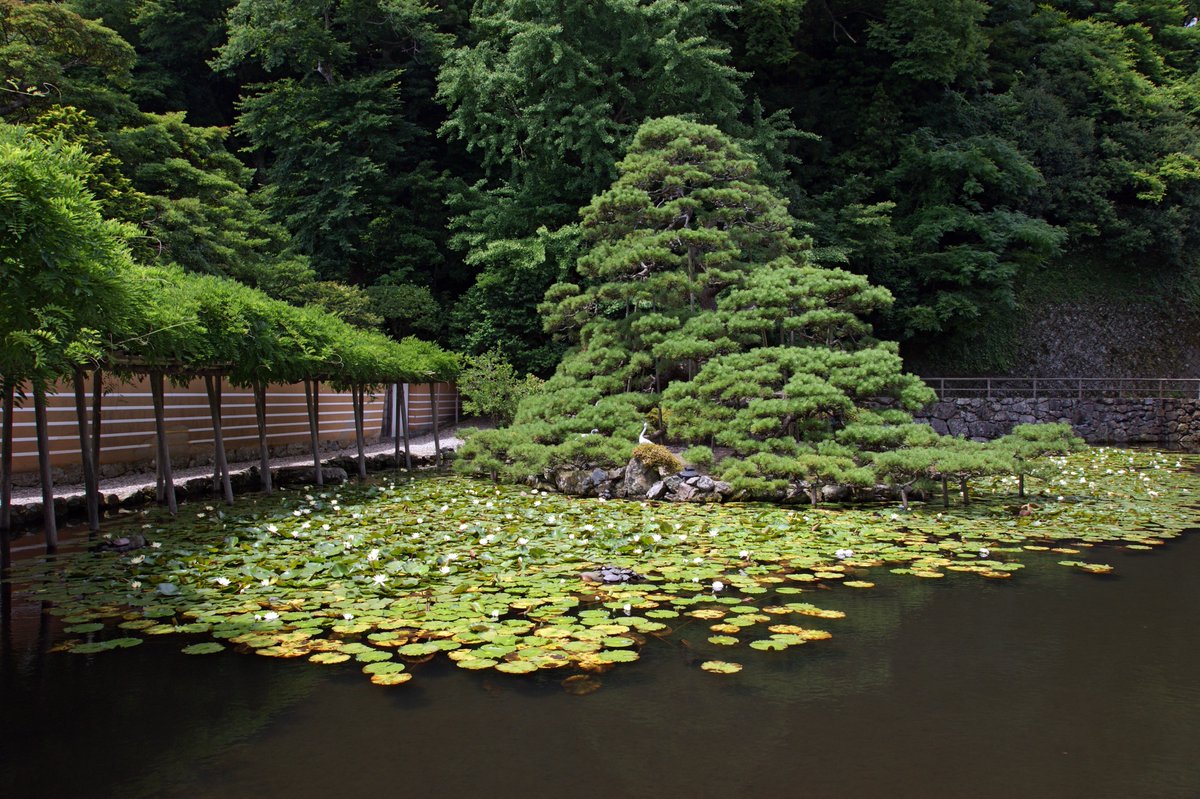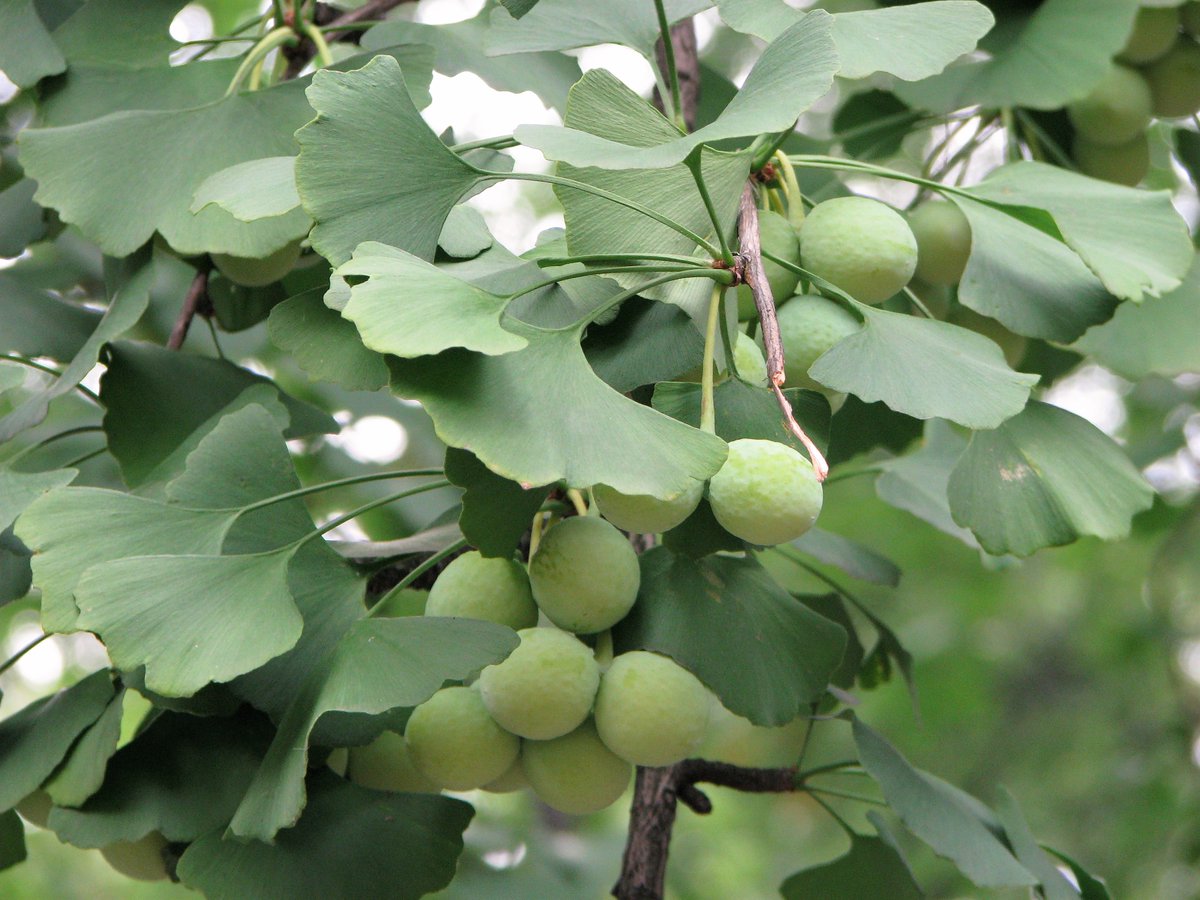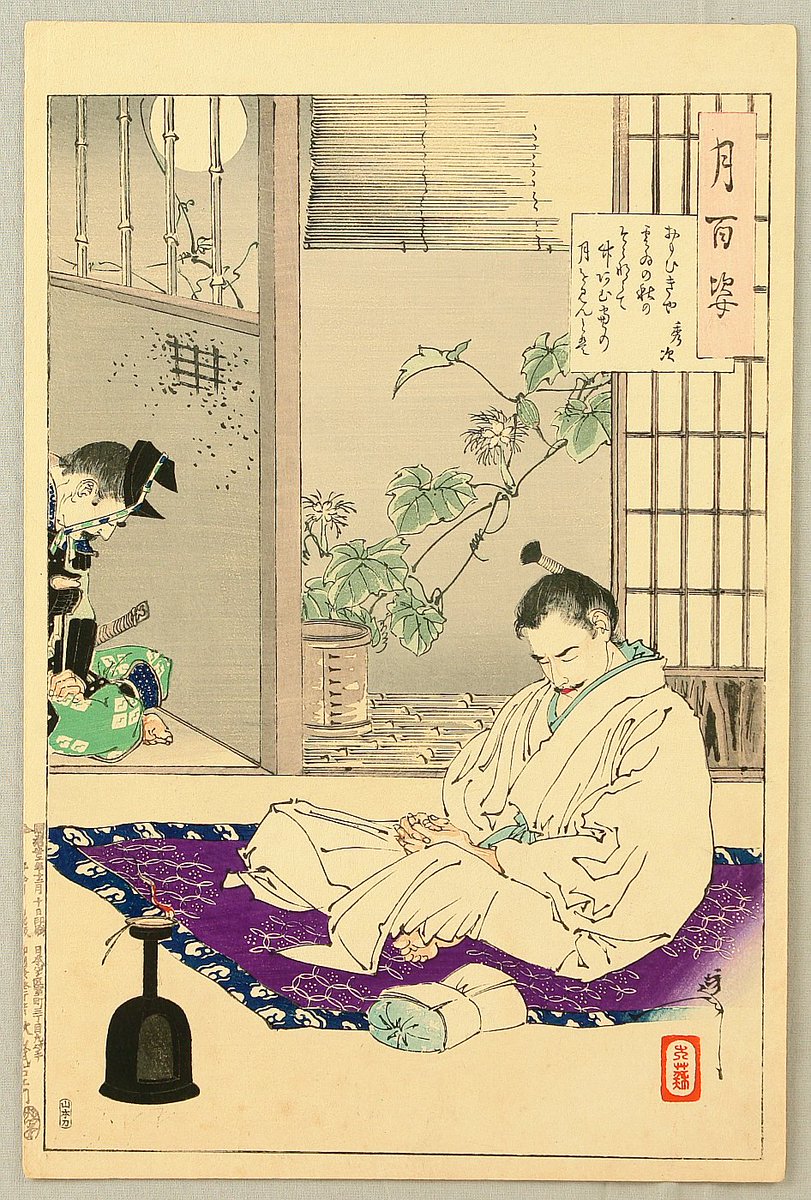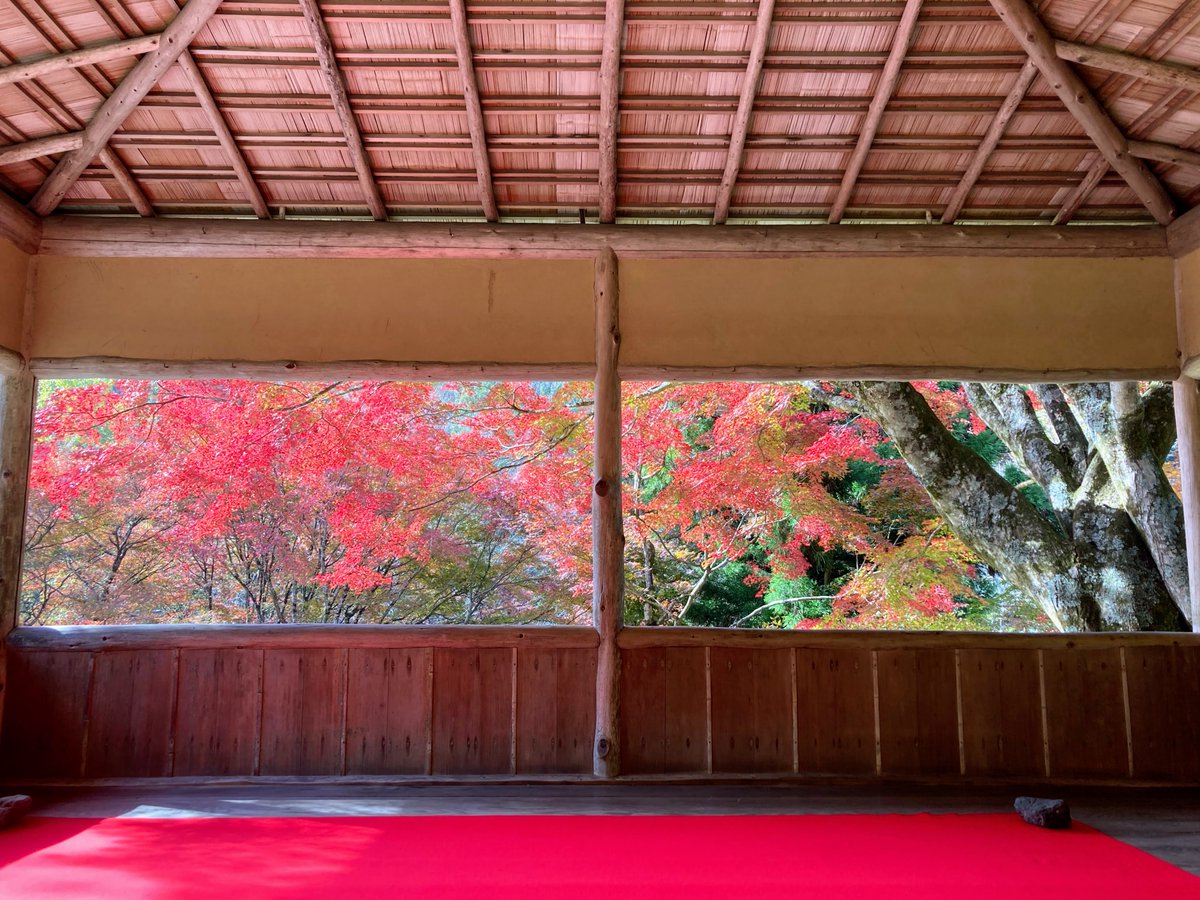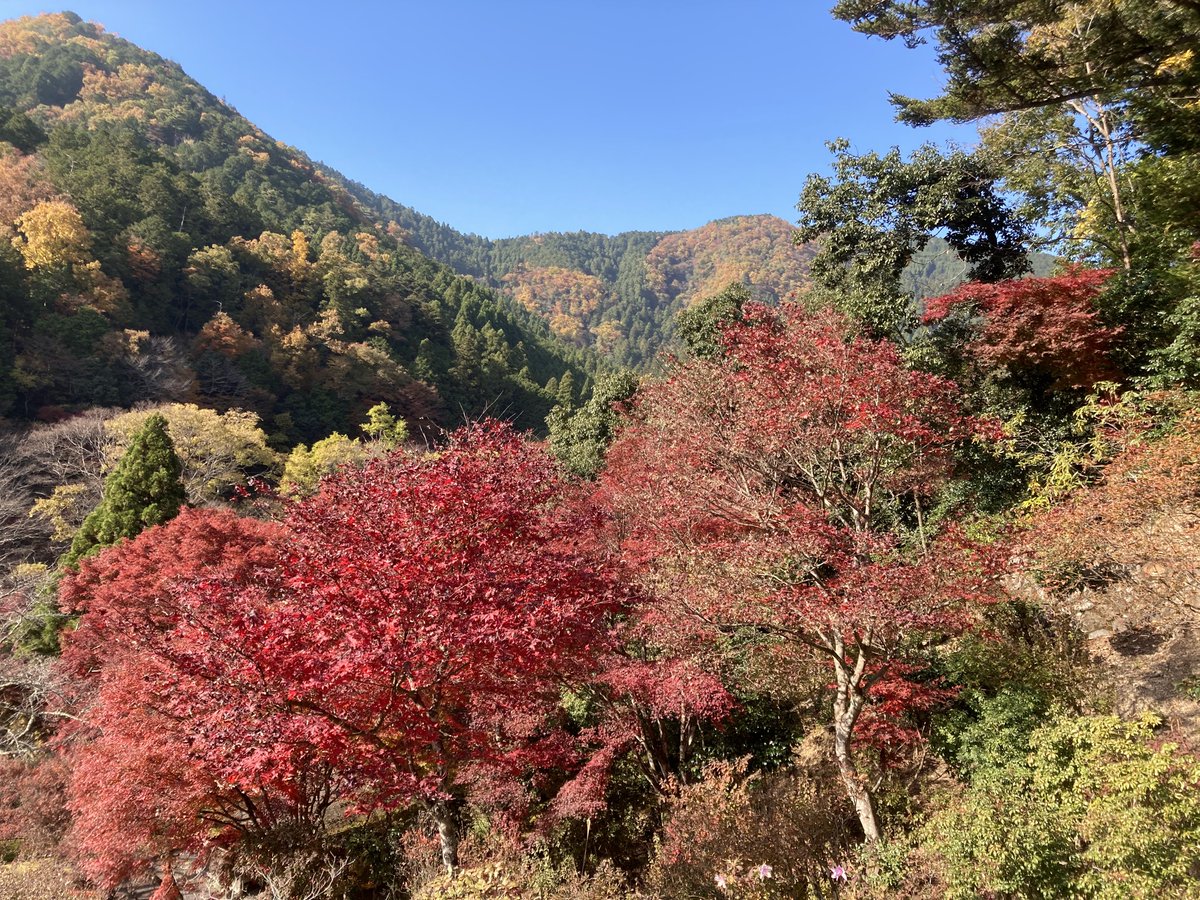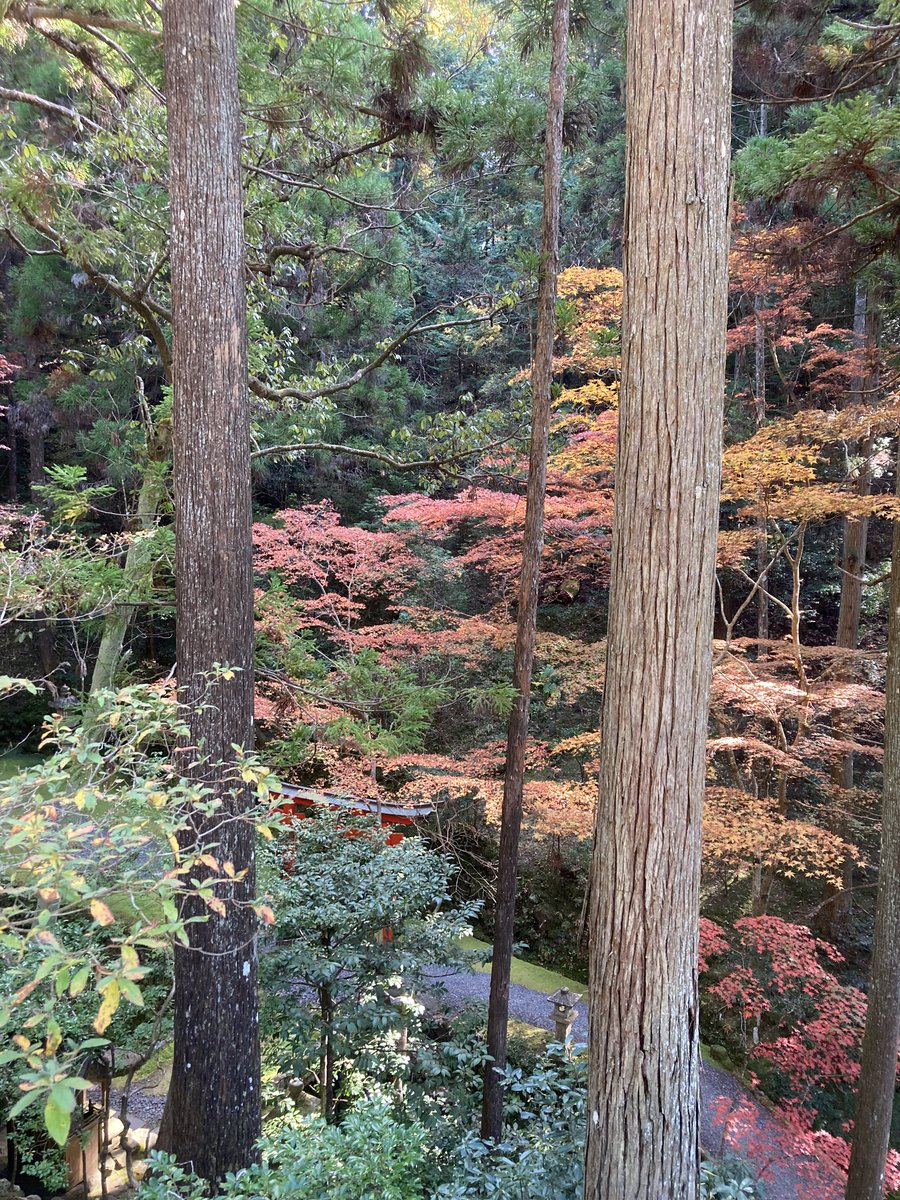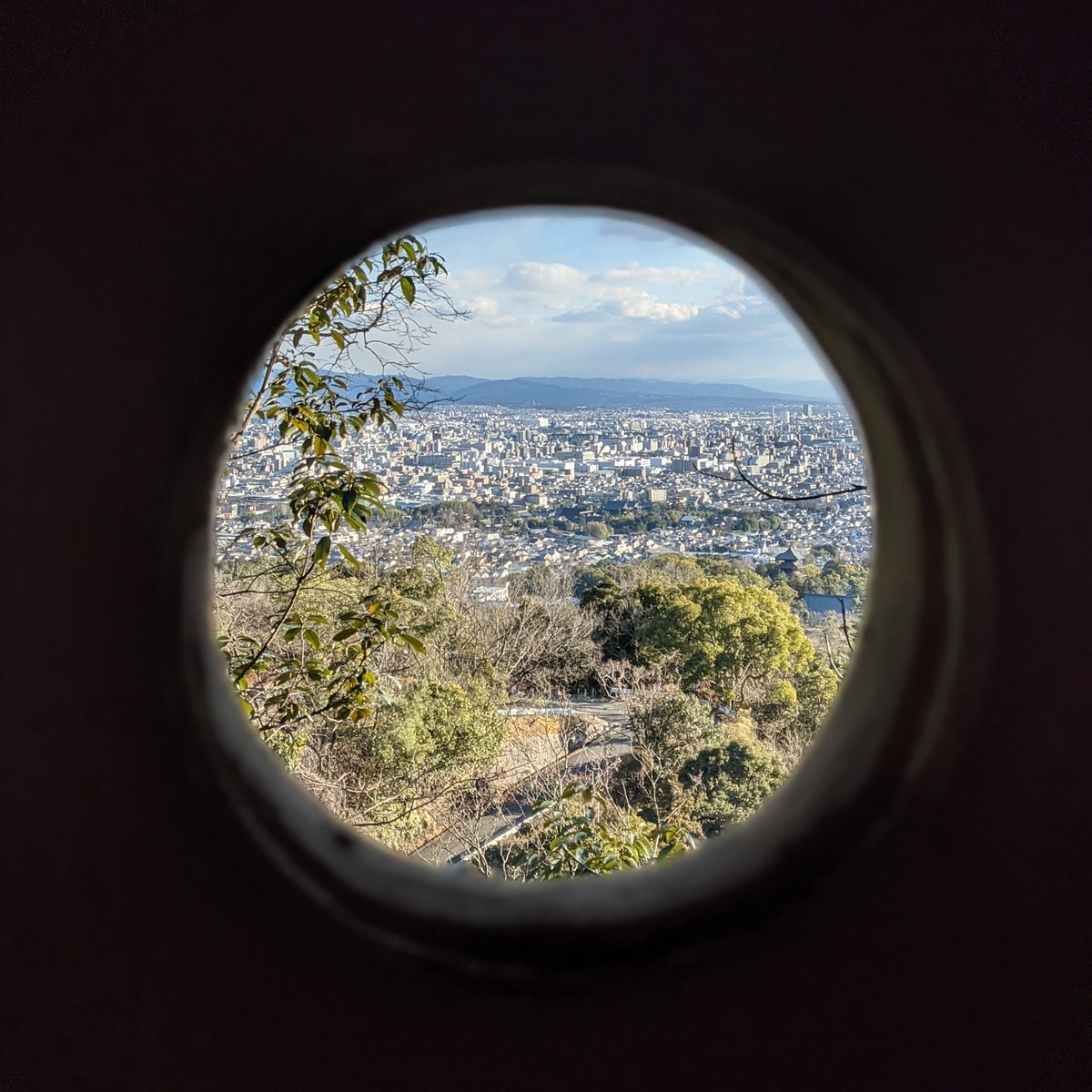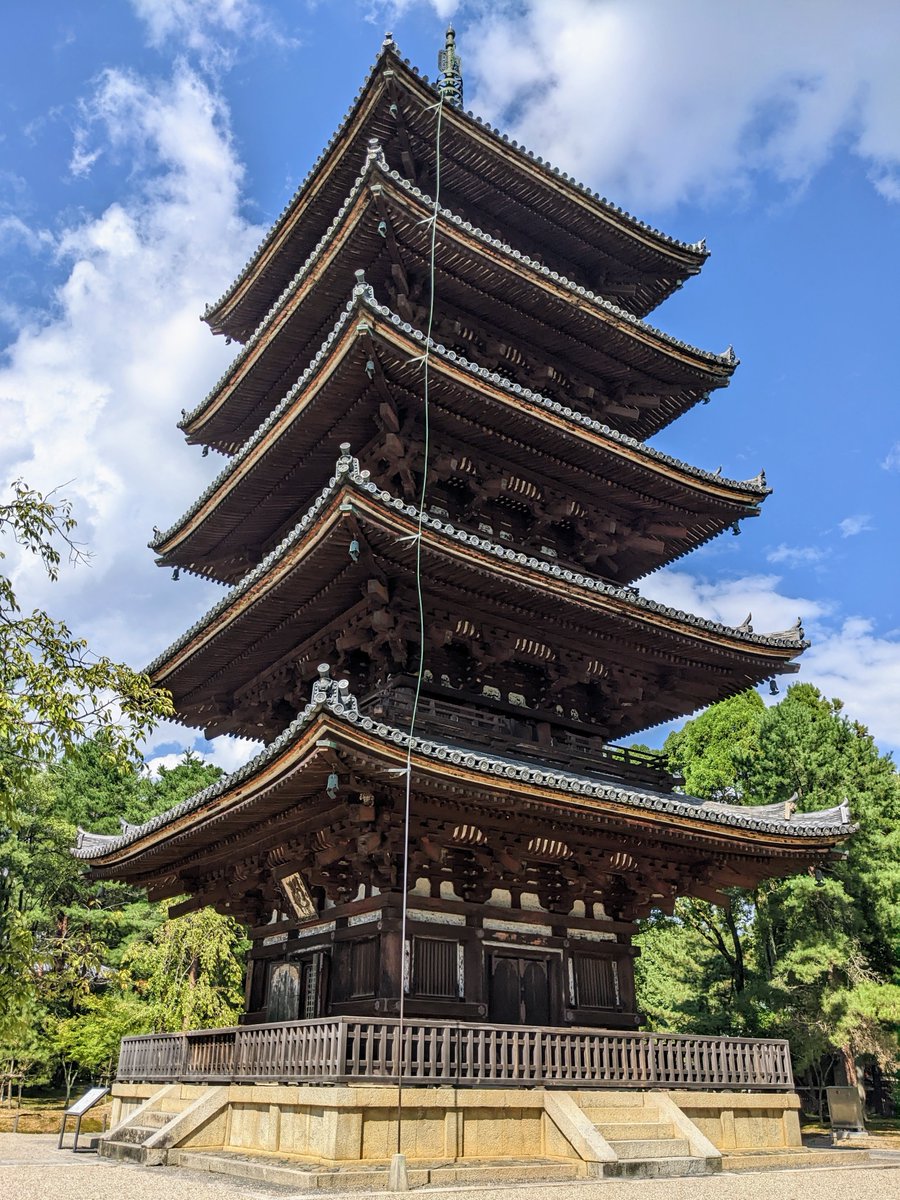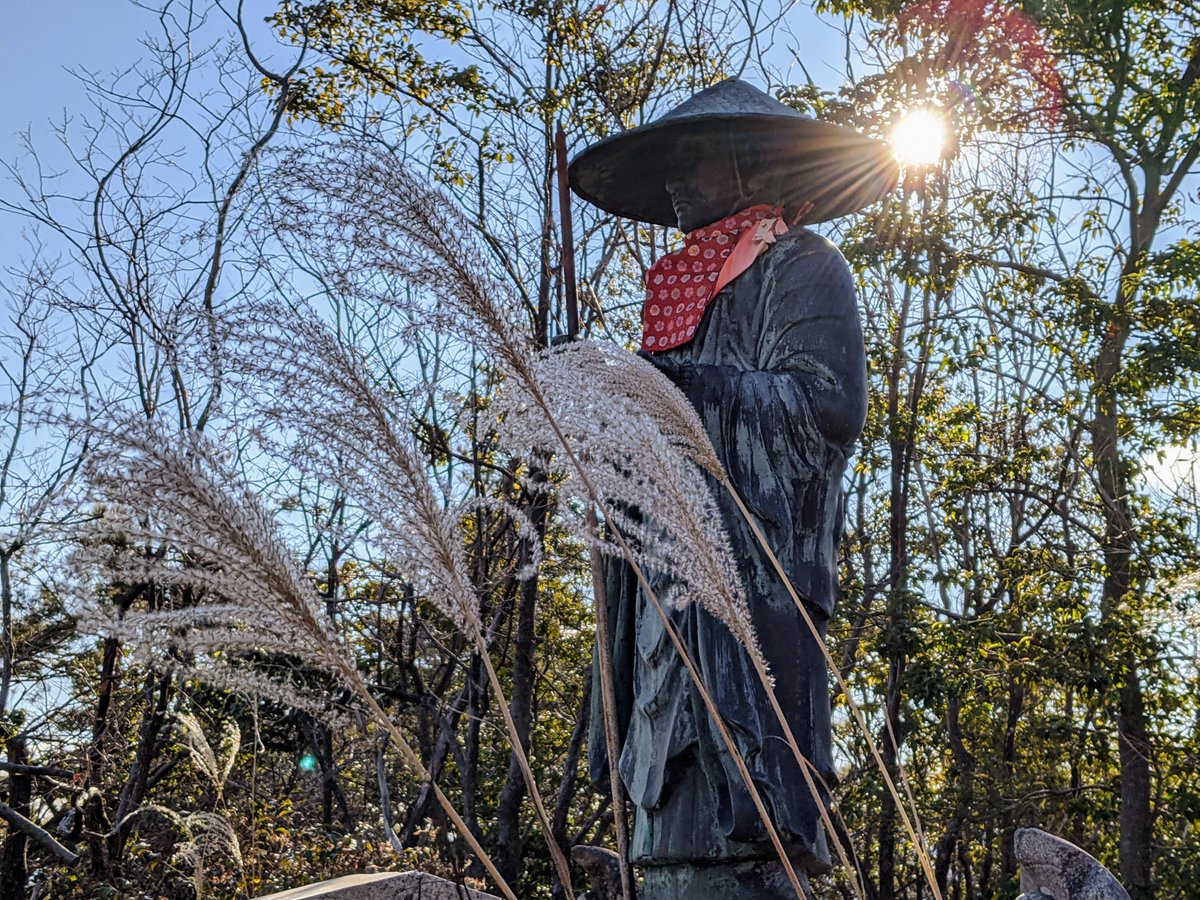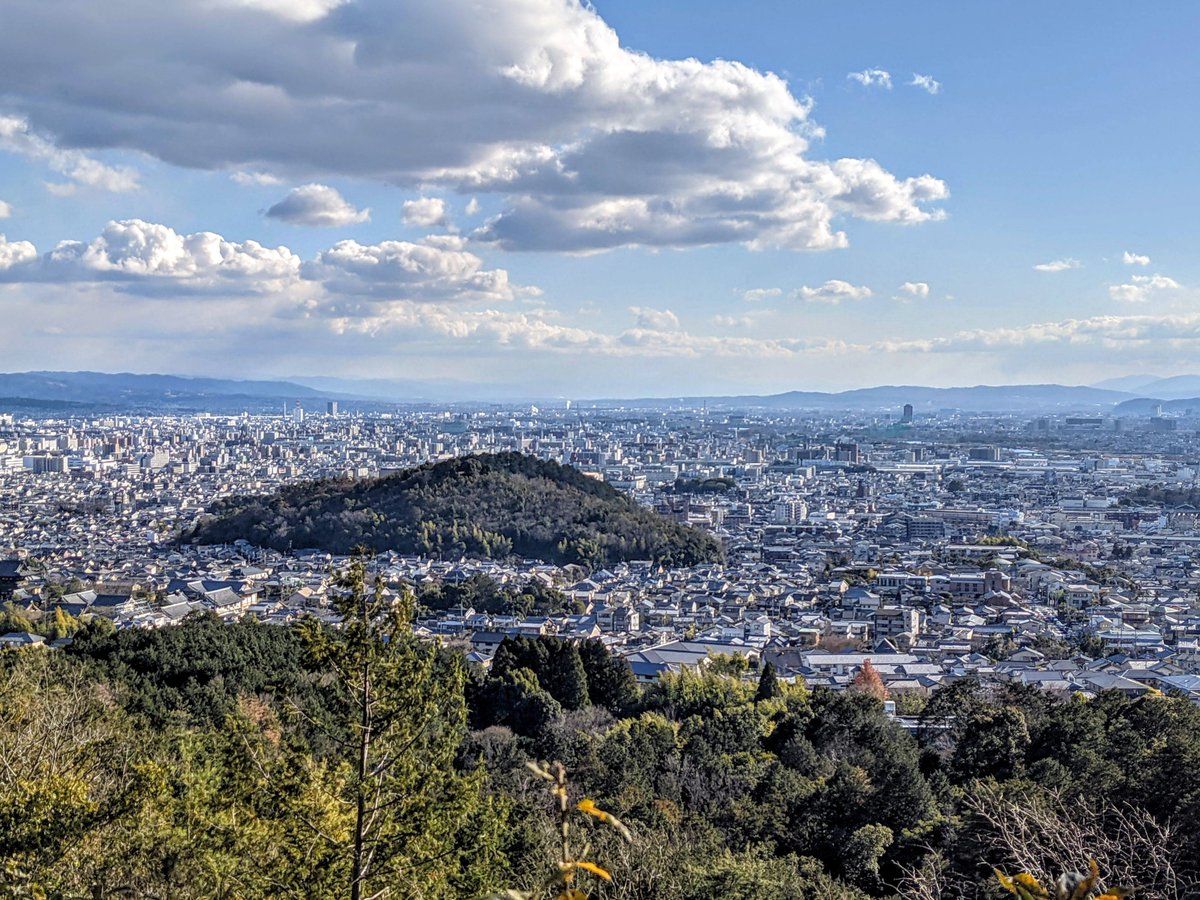
🔥DARUMA DOOM👀
Daruma await their fate at the small temple of Hōrin-ji (法輪寺).
Having fulfilled their destinies, and hopefully bestowed wishes upon their owners, they're gathered at Setsubun (節分) and burnt on a ritual bonfire🫡👋🔥✨😔
#Setsubun #Kyoto #京都 #節分 #達磨



Daruma await their fate at the small temple of Hōrin-ji (法輪寺).
Having fulfilled their destinies, and hopefully bestowed wishes upon their owners, they're gathered at Setsubun (節分) and burnt on a ritual bonfire🫡👋🔥✨😔
#Setsubun #Kyoto #京都 #節分 #達磨




Daruma (達磨) is the Japanese name for Bodhidharma, a 5th or 6thC monk credited with establishing zen.
Daruma dolls, typically red & made from papier-mâché, are modeled on the story of Bodhidharma wall-gazing in a cave (close to the Shaolin Monastery) for 9 years.
#だるま #Japan



Daruma dolls, typically red & made from papier-mâché, are modeled on the story of Bodhidharma wall-gazing in a cave (close to the Shaolin Monastery) for 9 years.
#だるま #Japan




In the 7th year it is said Bodhidharma fell asleep. Furious with himself, he cut off his eyelids and tossed them away to prevent it happening again.
Legend has it that the first tea plants sprang from those eye-lids, later helping zen students stay away during long meditations👀



Legend has it that the first tea plants sprang from those eye-lids, later helping zen students stay away during long meditations👀




But why are Daruma dolls round?
During those 9 years Bodhidharma's arms and legs atrophied, and his limbs became useless. Without eyelids he had a constant, shocked appearance.
In Japan the dolls represent perseverance...a prayer to complete a difficult task or longed-for goal.
During those 9 years Bodhidharma's arms and legs atrophied, and his limbs became useless. Without eyelids he had a constant, shocked appearance.
In Japan the dolls represent perseverance...a prayer to complete a difficult task or longed-for goal.
Using a Daruma doll is very simple.
👁️After purchasing a doll make your wish and fill in one of the blank eyes.
🙏Display the Daruma (to keep the wish in mind).
👁️When the wish or goal comes to pass then fill in the second eye.
🔥Take the doll to a temple to be ritually burnt👋



👁️After purchasing a doll make your wish and fill in one of the blank eyes.
🙏Display the Daruma (to keep the wish in mind).
👁️When the wish or goal comes to pass then fill in the second eye.
🔥Take the doll to a temple to be ritually burnt👋


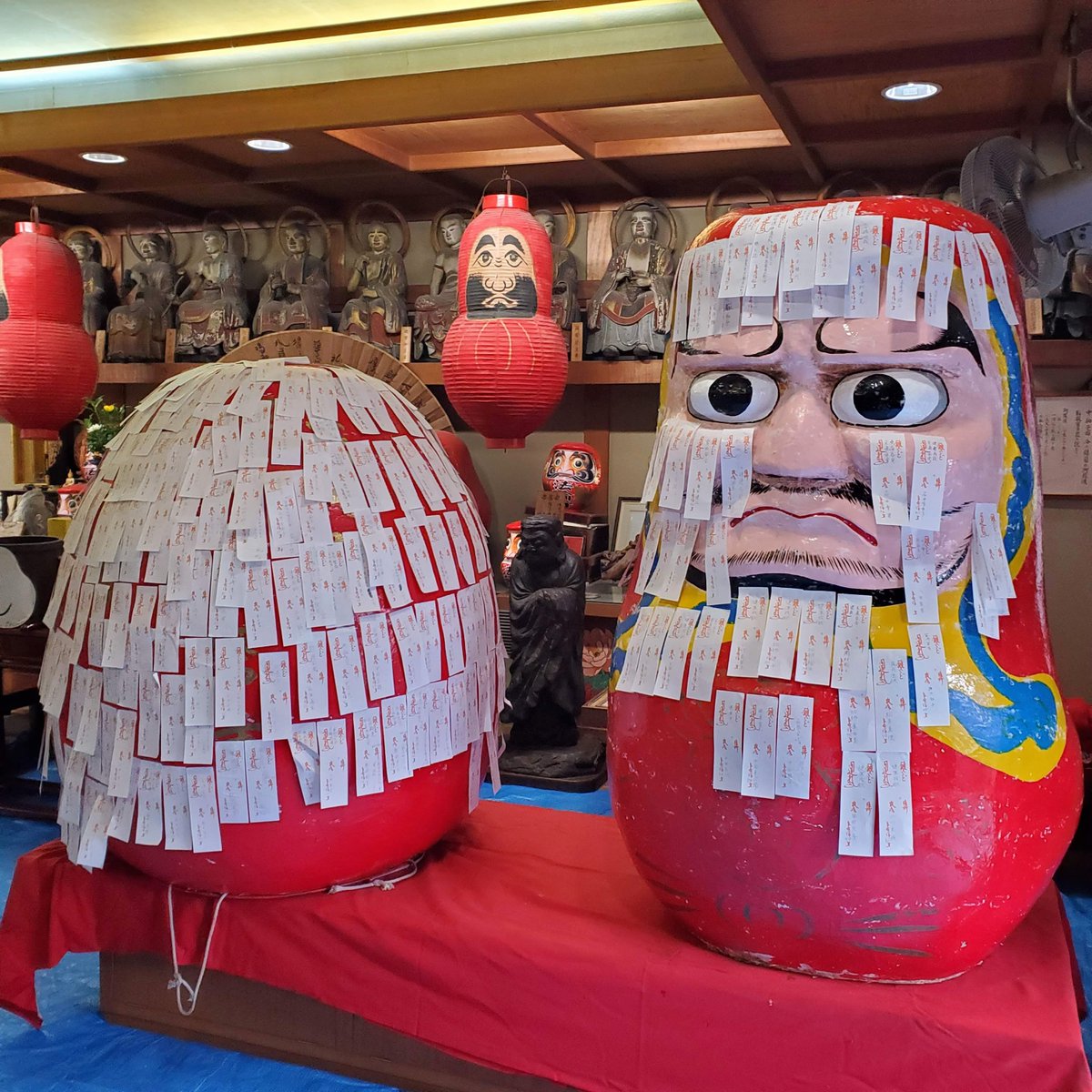

🐢SYMBOLISM🤔
There are many different kinds of Daruma, but the most common are round and red...
❤️red is considered a protective and celebratory colour.
🍀the word 'fuku' (副 'fortune'/'luck') is typically written on the belly (you sometimes see 'victory'/勝 & 'treasure'/宝).



There are many different kinds of Daruma, but the most common are round and red...
❤️red is considered a protective and celebratory colour.
🍀the word 'fuku' (副 'fortune'/'luck') is typically written on the belly (you sometimes see 'victory'/勝 & 'treasure'/宝).




🤨The doll's eyebrows represent a crane and the beard a turtle's tail.
"The crane lives 1,000 years, the tortoise 10,000 years"🐢
In Japan it is said that cranes live 1000 years & turtles live 10000 years, and they have been used as a symbol of celebration since ancient times.



"The crane lives 1,000 years, the tortoise 10,000 years"🐢
In Japan it is said that cranes live 1000 years & turtles live 10000 years, and they have been used as a symbol of celebration since ancient times.




👂In lieu of ears, some larger dolls have wishes written on them, such as prayers for good business, a safe year etc...
⭕️Round shape - "nana korobi, ya oki" (七転び八起き "fall down seven times, stand up eight"), meaning "never give up, keep on going".
#daruma #達磨 #Japan



⭕️Round shape - "nana korobi, ya oki" (七転び八起き "fall down seven times, stand up eight"), meaning "never give up, keep on going".
#daruma #達磨 #Japan




• • •
Missing some Tweet in this thread? You can try to
force a refresh







